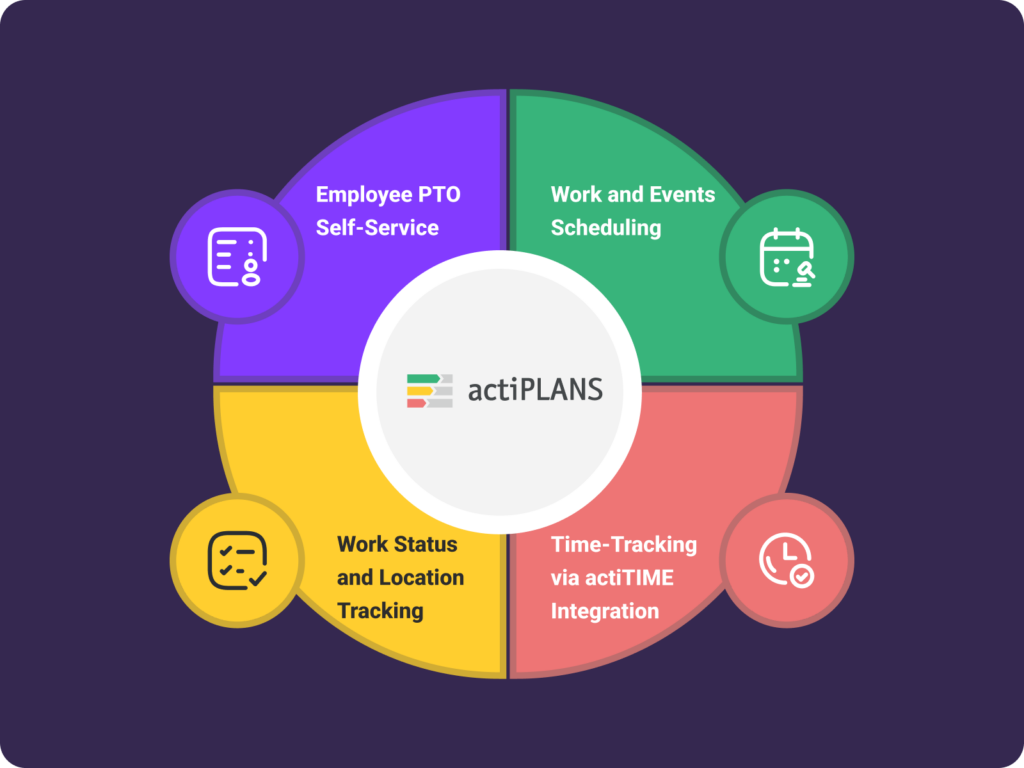“As a rule, software systems do not work well until they have been used and have failed repeatedly in real applications.” — Dave Parnas
HR software encompasses a wide array of tools, from applicant tracking systems (ATS) to attendance and performance management platforms, payroll processing solutions, and employee engagement applications.
Having the right tool in place helps optimize human resource management processes and empowers the HR team to handle essential tasks efficiently while also reducing manual work and errors.
An HR software audit ensures that your current system meets the evolving needs of your business.
It also allows you to assess whether your existing software aligns with your HR goals, regulatory requirements, and overall organizational strategy.
Inventory Assessment
HR software can range from simple applications that automate basic tasks to comprehensive platforms that integrate multiple HR functions into a single system.
One of your primary audit goals is not just to list the software already used by your company but to match it to a specific HR function from your HR audit checklist to ensure all competencies are covered.
Here are a few examples:
During the inventory assessment, you may discover that some critical HR functions are managed outside of dedicated software. This can indicate inefficiencies, higher error risks, or compliance gaps.
For instance, managing employee leave in Excel may suffice temporarily, but it becomes cumbersome as the workforce grows—consuming HR time and causing dissatisfaction due to delays in PTO requests and approvals.
In this case, adopting an attendance management solution like actiPLANS could streamline processes, ensure accuracy, and save valuable HR time.
Refer to your HR functions audit findings to check where processes may be lacking.
Document your findings in the following manner:
Software Capabilities Analysis
Next, assess whether existing software adequately meets company needs and identify potential overlaps or gaps. You may find opportunities to replace multiple tools with an all-in-one solution or integrate underused systems for better efficiency.

Usability and Accessibility Evaluation
Now it’s time to verify whether the software tools are effectively used and accessible to all relevant staff members.
-
Analyze usage reports or survey employees to see how often they interact with each software.
-
Ask HR personnel about their experiences, challenges, and improvement suggestions.
-
Check whether support and training materials are readily available.
Security Check
HR software often contains sensitive employee information—such as SSNs, financial data, and health records—so robust protection is essential.
-
Data Encryption: Verify that strong encryption methods protect stored and transmitted data.
-
User Authentication: Evaluate authentication processes, including:
- Are passwords complex and regularly updated?
- Is two-factor authentication (2FA) implemented?
- Does the system support single sign-on (SSO)?
-
Role-Based Access Control: Ensure permissions limit access strictly to role-relevant data.
Costs and ROI Benchmarking
Finally, assess whether your HR software delivers solid value for the investment. As most operate on a subscription model, compare costs with market standards to ensure competitiveness.
-
Include maintenance and support fees in your analysis and look out for hidden costs—like add-on features or paid support tiers.
-
Evaluate ROI by measuring efficiency, productivity, and tangible savings.
Key metrics to consider:
-
Efficiency Gains: Quantify time saved via automation of routine HR tasks.
-
Productivity Improvements: Assess how automation enables HR to focus on strategic initiatives like engagement and development.
-
Quantifying Savings: Translate saved time into financial terms—e.g., if automating payroll saves five hours weekly, calculate the annual cost savings based on staff hourly rates.

